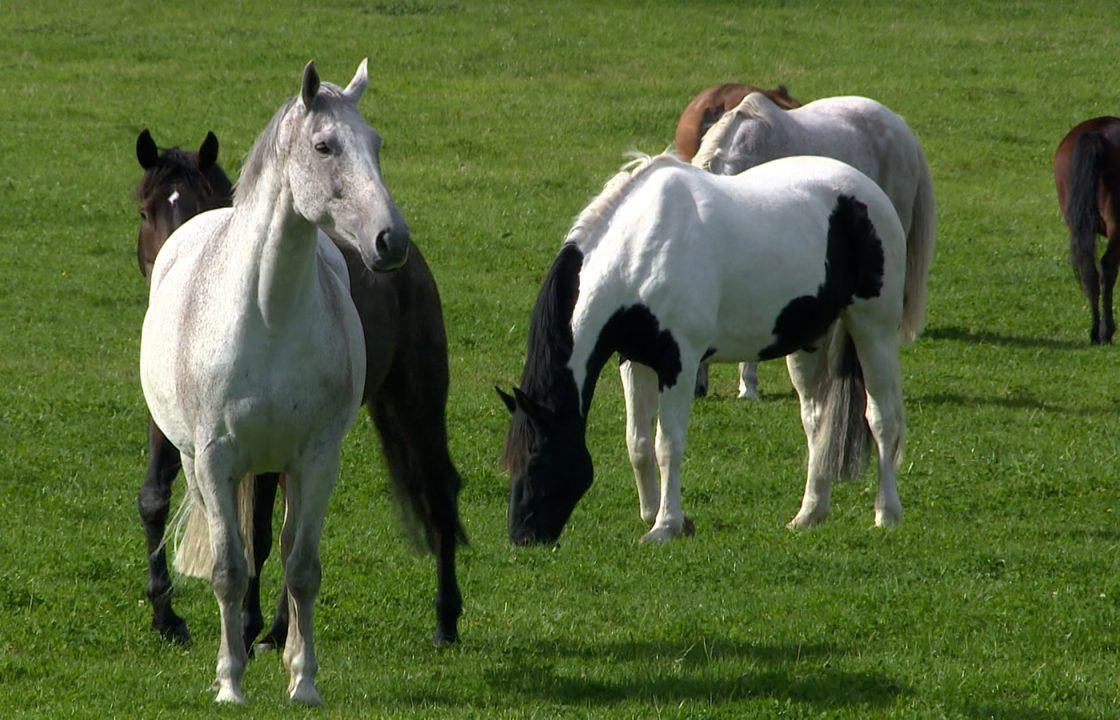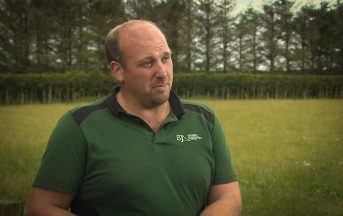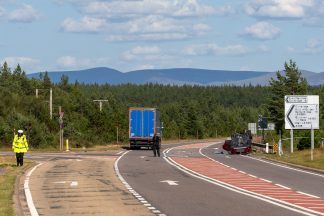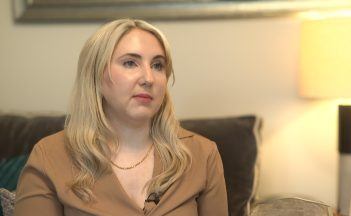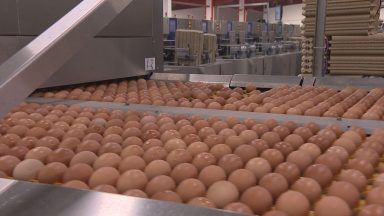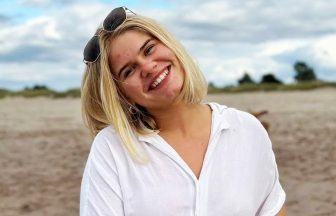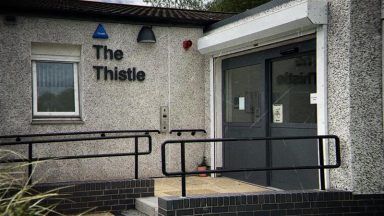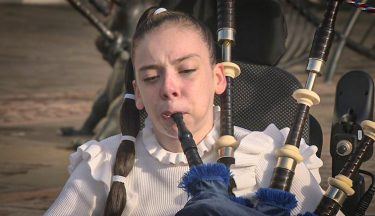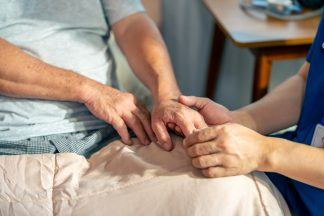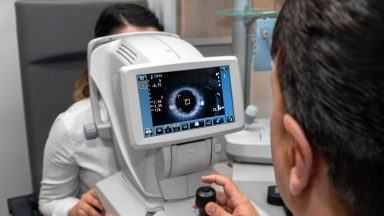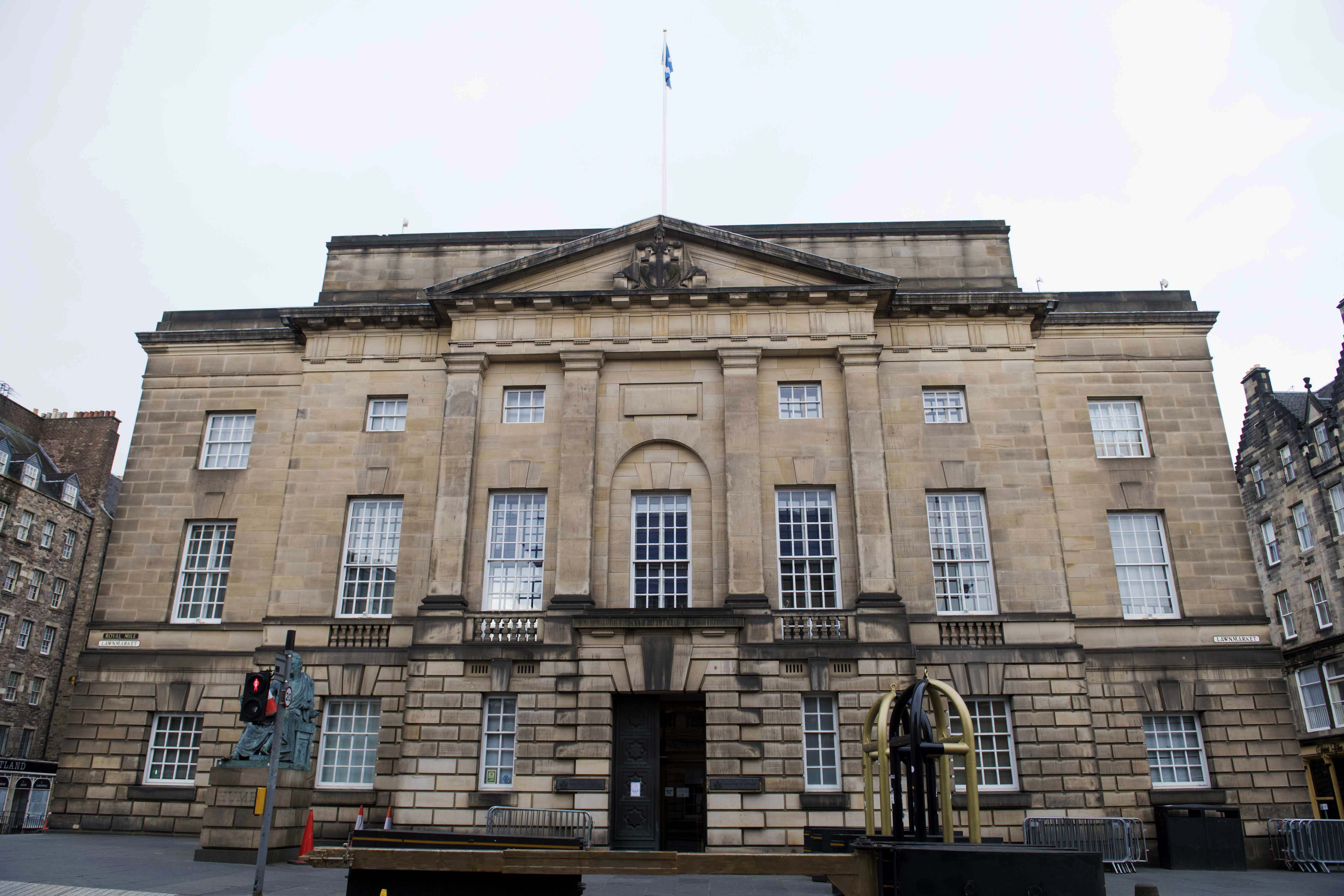Two sisters in Aberdeenshire are determined to help scientists in a new drive to find a cure for a devastating condition that affects horses.
Equine Grass Sickness is a devastating condition that affects horses. There’s currently no treatment or cure for the condition and more than 80% of cases are fatal.
It’s a disease that remains as much a mystery today as it did when it was first identified more than 100 years ago.
Gillian Green’s beloved horse Jed contracted a chronic form of the disease.
She told STV News: “He lost at least a third of his body weight so he looked like a toast rack, you could see his spinal column and his ribs and his hip bones were showing.
“He went into what’s called an elephant on a tub stance, where they stand all hunched up, they look very uncomfortable and they stop eating.”
But Jed is one of the lucky ones as he survived the mystery disease.
There’s now a new drive under way to understand the sickness, thanks to the support of Gillian and her horse-loving sister.
Emily has donated thousands of pounds to help scientists find a cure.
She said: “Obviously we have the history of Jed, but even recently two friends have lost a horse to grass sickness and I’ve actually donated the money in the name of one of them – Woody, a colt foal. It’s just so devastating – you can do all you can for your horse and they will still pass away.”
Equine Grass Sickness was first discovered in Scotland in the early 1900s. Over a century later there is still no cure or full understanding of what causes it.
Professor Lorna Dawson of the James Hutton Institute in Aberdeen told STV News it is a very complex condition, which damages a horse’s nervous system, and many factors have to be taken into consideration.
She said: “The general wellbeing of the horse, the genetics of the horse ,their gut, aspects of their physiology but there are also many external factors such as the weather conditions, the soil and condition of the pasture and these all interact with each other.”
Thousands of horses have died from the disease in the past 100 years, including two stallions at the late Queen Elizabeth’s pony stud at Balmoral in 2018.
Soil samples stored at the James Hutton Institute in Aberdeen will be processed by Gillian and then analysed together with biological samples taken from affected horses.
Gillian, who is also manager of the National Soils Archive at the Hutton, believes the work will be crucial.
She said: “By matching the soil samples with biological samples from horses that have contracted EGS, we hope modern techniques like environmental DNA (eDNA) could help to finally pinpoint the cause of this nightmare disease – or in fact rule out it being related to what’s in soil.”
Aberdeenshire is a hot spot for equine grass sickness and there appears to be more cases along the east coast than anywhere else in Scotland.
But its hoped that at long last both the cause and an effective treatment can be identified.
“It would be a massive relief to the whole horse industry because it’s so devastating watching your treasured animals die,” added Gillian.
Follow STV News on WhatsApp
Scan the QR code on your mobile device for all the latest news from around the country



